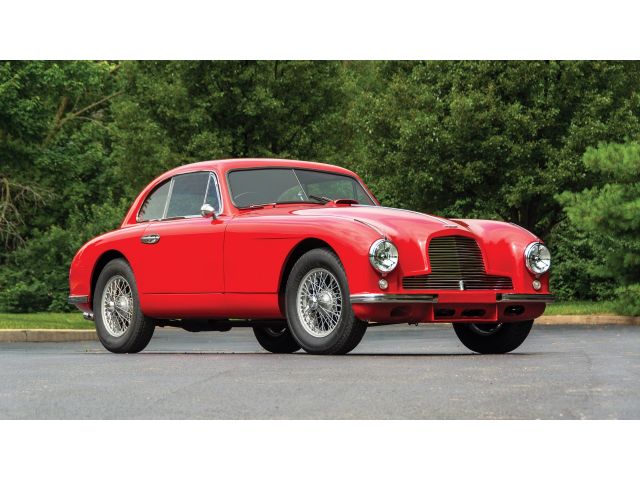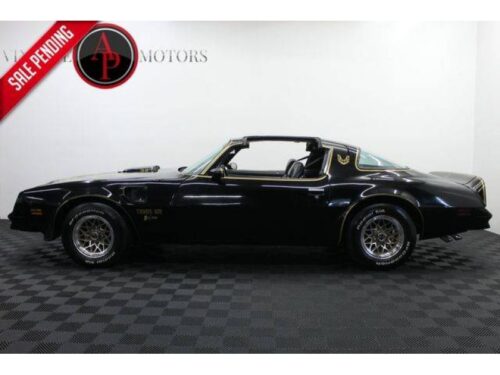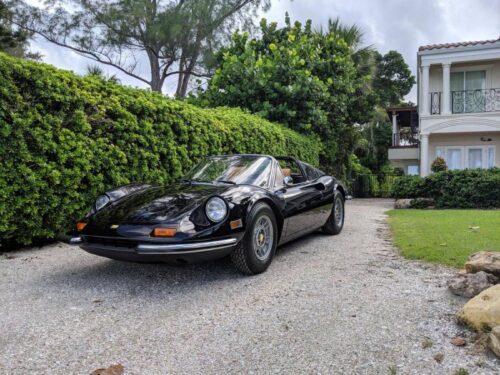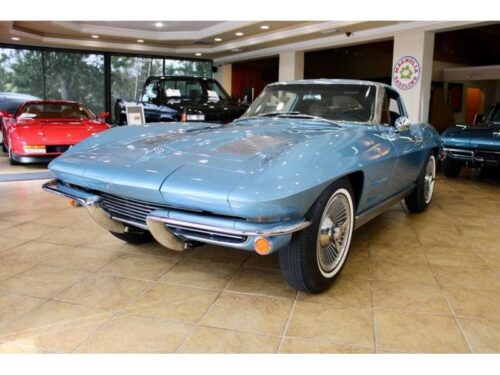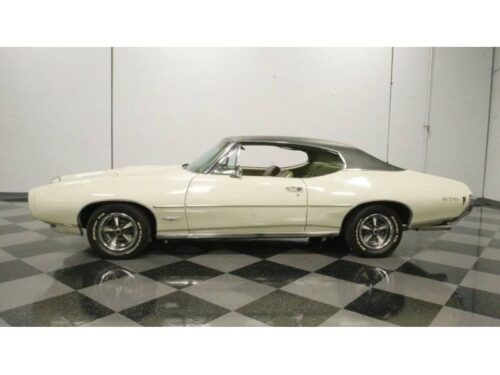Description
Aston Martin endured many turbulent years and dramatic highs and lows throughout much of its existence. From its founding by Anthony Bamford and Lionel Martin, the company had no trouble producing successful racing cars but always struggled to keep the business afloat. In the late 1940s, Aston Martin emerged from the depths of World War II with yet another new owner at the helm.
A period of long-term stability finally arrived in 1947 when industrialist David Brown acquired Aston Martin for just £20,500. He set to work rescuing Aston, adding Lagonda to his growing portfolio, specifically to get their superb 2.6-litre twin-cam inline-six from the drawing board of none other than W.O. Bentley.
Officially, the Aston 2-litre Sports was the first of the “DB” series and was retroactively known as the “DB1.” However, it was the six-cylinder DB2 that established David Brown’s legacy and set the stage for Aston Martin’s unprecedented success throughout the coming decades. Brown planned to steer Aston Martin away from thinly disguised racing cars and into the far more lucrative market for grand touring sports cars.
After a rocky start with the 2-Litre Sports, Aston hit its stride when a cut-down version of the sports chassis was married to the Lagonda inline-six, topped with W.O. Bentley’s twin overhead-cam cylinder head. Frank Feeley created a handsome and modern body design, with ideal GT proportions of a long bonnet and a tapering fastback roof. There was good stowage space behind the seats and on the later DB2/4, an innovative hatchback design.
The DB2 proved its worth in competition and later begat the highly successful DB3 and DB3S sports racers. But most importantly, it established Aston Martin as a leader in a hotly contested market and paved the way for some of the most desirable and memorable Grand Tourers of the 1950s and 1960s.
Chassis LML/50/95 is a superb example of an early DB2, beautifully presented with a high-quality restoration. Copies of the Works Service chassis card show it was delivered new on March 4, 1952, to David Gaunt, Esq. of Leeds, finished in “Steel Dust” with grey Connolly Vaumol hides, and registered HKW 666. It returned to the Works Service Department regularly for maintenance, and records show the factory updated it to the latest high-performance Vantage specification in late March/early April of 1953.
The updates included fitting larger carburetors, new cams, and high-compression pistons, boosting peak power from 105 bhp to a handy 125 bhp. In addition to the service records, copies of the original registration log books track the ownership history through the early 1980s, noting the car had been repainted red sometime in the early 1970s.
Advertisement
